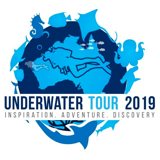- Home
- Directory
- Shop
- Underwater Cameras - Photographic Accessories
- Smartphone Housings
- Sea Scooters
- Hookah Dive Systems
- Underwater Metal Detectors
- Dive Gear
- Dive Accessories
- Diving DVD & Blu-Ray Discs
- Diving Books
- Underwater Drones
- Drones
- Subscriptions - Magazines
- Protective Cases
- Corrective Lenses
- Dive Wear
- Underwater Membership
- Assistive Technology - NDIS
- On Sale
- Underwater Gift Cards
- Underwater Art
- Power Stations
- Underwater Bargain Bin
- Brands
- 10bar
- AirBuddy
- Akona
- AOI
- Apollo
- AquaTech
- Atomic Aquatics
- aunoc
- AxisGo
- Backscatter Underwater Video and Photo
- BLU3
- Buddy-Watcher
- Cayago
- Chasing
- Cinebags
- Contour
- Deepblue
- Devilite
- Digipower
- DJI
- Dyron
- Edge Smart Drive
- Eneloop
- Energizer
- Exotech Innovations
- Fantasea
- FiiK Elektric Skateboards
- Garmin
- Geneinno
- GoPro
- Hagul
- Hoverstar
- Hydro Sapiens
- Hydrotac
- Ikelite
- Indigo Industries
- Inon
- Insta360
- Intova
- Isotta Housings
- Jobe
- JOBY
- Kraken Sports
- LEFEET
- Marelux
- Mirage Dive
- Nautica Seascooters
- Nautilus Lifeline
- NautiSmart
- Nocturnal Lights
- Nokta Makro
- Ocean Guardian
- Oceanic
- Olympus
- OM System
- Overboard
- Paralenz
- PowerDive
- QYSEA
- Ratio Dive Computers
- Scubajet
- Scubalamp
- Sea & Sea
- SeaDoo Seascooter
- SeaLife
- Seashell
- Seavu
- Shark Shield
- Sherwood Scuba
- Spare Air
- StickTite
- StormCase
- Sublue
- Suunto
- SwellPro
- T-HOUSING
- Tusa
- U.N Photographics
- Venture Heat
- XTAR
- Yamaha Seascooter
- Youcan Robot
- Zcifi
Diving Ambon - Reefs, Muck and a Shipwreck
Contributed by Tim Hochgrebe
Story by Tim Hochgrebe & Siggi Guedergan. Imagery by Tim Hochgrebe.
The Destination
 The
island of Ambon, part of Maluku Province located in the Eastern parts of Indonesia
between Papua and
The
island of Ambon, part of Maluku Province located in the Eastern parts of Indonesia
between Papua and Sulawesi,
is not on the travel schedule of many people, however for serious divers this
is a destination offering diving away from the crowds as well as some amazing
history and culture.
There are a number of reasons why Ambon is not yet being affected by mass tourism with its remoteness only one of them. Some religious conflicts in the late 1990's and early 2000's also thwarted its potential development as a tourist and dive destination.
Besides its remarkable diving, Ambon and its surrounding little islands offer a combination of a large variety of traditions, reflecting the mix of people with Malay origin intermingled with Indian, Chinese, Arab, Portuguese, Dutch and English immigrants and of different religions spanning Hinduism and Buddhism, Islam and Christianity.
 Pulau
Ambon offers beautiful, palm-fringed white beaches with sloping reefs, steep
walls and coral gardens but the feature that sets Ambon apart from many other
tropical diving
Pulau
Ambon offers beautiful, palm-fringed white beaches with sloping reefs, steep
walls and coral gardens but the feature that sets Ambon apart from many other
tropical diving 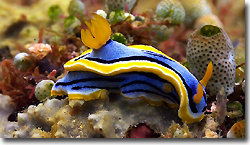 destinations
is the sheltered Ambon Bay, a world-class muck diving area and even home of
a massive and well preserved shipwreck. All dive sites are within easy reach
of the few dive centres that exist on the island.
destinations
is the sheltered Ambon Bay, a world-class muck diving area and even home of
a massive and well preserved shipwreck. All dive sites are within easy reach
of the few dive centres that exist on the island.
Locals are genuinely friendly and us 'white faces' which are still reasonably rare often attract the attention of the local children who are excited to look, feel and love to have their pictures taken, even more so if they are shown the results (bless digital photography). Few speak English, though some understand and speak a few words. Attempt a few Bahasa phrases such as Apa kabar? [How are you?] and the warm and welcoming people of Ambon smile and open up more.
Like elsewhere in Indonesia, Ambon has far more sea than land, a good thing
for a diving traveller. With some sea grass beds and mangroves, the coral reefs
provide the more interesting diving. The coral reefs around Ambon are fringing
reefs and compared to many other destinations they are still in pretty good
shape. 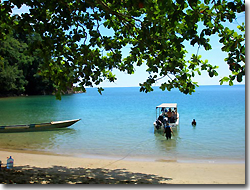
Maluku Divers, located on the South coast of Ambon was the base for our Ambon
dive adventures. The dive center is quite well organised and at the time of
writing offered two dive boats that generally went out for three-dive day trips.
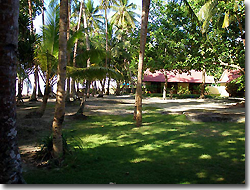 Up
to 10 divers plus crew can be accommodated on Maluku Divers' modern and fast
boats and the diving day quite often lasts 8 hours or more with Indonesian style
lunch and inter-dive snacks provided.
Up
to 10 divers plus crew can be accommodated on Maluku Divers' modern and fast
boats and the diving day quite often lasts 8 hours or more with Indonesian style
lunch and inter-dive snacks provided.
The dive centre itself offers basic diver accommodation with small but comfortable
rooms all with air condition, most with shared bathroom facilities. Sleeping
there is a little noisy as apart form the early morning wake-up call from the
dive centre rooster, it is also located on the main road that leads around the
island. 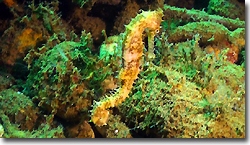 Food
at the dive centre is local and quite excellent with breakfast and dinner included
in all diving packages.
Food
at the dive centre is local and quite excellent with breakfast and dinner included
in all diving packages.
For those who prefer less noisy, more upmarket accommodation, Maluku Divers Resort is only a few hundred metres away, offering large and modern resort style rooms with ensuite bathrooms, hot water and excellent well-presented food. Nights are relaxed under the Ambon moon while holding a drink on one of the resorts beach lounges and glancing over the vastness of the Banda Sea.
Coral Reef Diving - Reefs, Arches & Caves
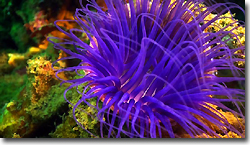 Most
reef diving happens on the South coast of Ambon with generally no other dive
boats in sight. Apart from the luxury of the remoteness, the South coast offer
a variety of excellent dive sites.
Most
reef diving happens on the South coast of Ambon with generally no other dive
boats in sight. Apart from the luxury of the remoteness, the South coast offer
a variety of excellent dive sites.
What struck us first, was the fact that Ambon's fringing reefs have masses
of sponges as well as hard and soft corals. 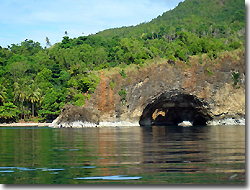 On
all of our reef dives we saw impressively massive barrel sponges. The large
ones are often covered with many featherstars in all colours. Various sea anemones
and sea fans were commonly seen on our dives. Sponges are the favourite food
of many nudibranchs and flatworms which makes the Reefs off the coast of Ambon
a must for critter lovers. Ascidians (sea squirts) like the Splendid Blue Sea
Squirt are commonly found too.
On
all of our reef dives we saw impressively massive barrel sponges. The large
ones are often covered with many featherstars in all colours. Various sea anemones
and sea fans were commonly seen on our dives. Sponges are the favourite food
of many nudibranchs and flatworms which makes the Reefs off the coast of Ambon
a must for critter lovers. Ascidians (sea squirts) like the Splendid Blue Sea
Squirt are commonly found too.
Hukurila Cave, a dive site under two rock arches that can be seen from the surface leading to a swim-through hole covered in sponges and coral was one of the more memorable dive sites. Descending into the cave a school of dogtooth tuna emerged from the depth and disappeared into the blue. Another site called Mahia provided an opportunity to explore an interesting arch and to dicover the rich coral and fish life on either side.
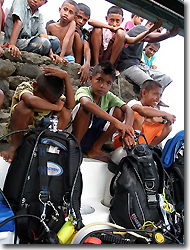 A
little further away, to the North West of Ambon lies a small cluster of three
islands called Pulau Tiga (tiga means three) which is a must-do trip when diving
Ambon.
A
little further away, to the North West of Ambon lies a small cluster of three
islands called Pulau Tiga (tiga means three) which is a must-do trip when diving
Ambon.
Diving around Pulau Tiga is like diving inside clouds of fish. Pushing your
way though massive schools of Red Tooth Triggerfish feels like you are entering
a cave with millions of bats, all suddenly deciding to leave. Here is also where
the few larger fish can be encountered and apart from the reasonably common
encounters with  Napoleon
Wrasses, we saw an Eagle Ray and a Black Tip Reef Shark that day. One of the
highlights that day was definitely the small pod of Bottlenose Dolphins that
checked us out when diving Pulau Tiga; indeed a rare occasion and only the third
time I've ever encountered dolphins on scuba.
Napoleon
Wrasses, we saw an Eagle Ray and a Black Tip Reef Shark that day. One of the
highlights that day was definitely the small pod of Bottlenose Dolphins that
checked us out when diving Pulau Tiga; indeed a rare occasion and only the third
time I've ever encountered dolphins on scuba.
Muck Diving in Ambon Bay
 Ambon
Bay is famous for its Frogfishes (or Angler Fish). Frogfishes are masters of
camouflage and not easy to spot. With their unique 'fishing rod and lure' attached
to the tops of their heads they tempt small fish within striking range. One
species for example, the Painted Frogfish, has a lure that looks somewhat like
a prawn. We we lucky to find several species such as the Warty Frogfish, Hairy
Frogfish and Painted Frogfish. Using colour to identify
Ambon
Bay is famous for its Frogfishes (or Angler Fish). Frogfishes are masters of
camouflage and not easy to spot. With their unique 'fishing rod and lure' attached
to the tops of their heads they tempt small fish within striking range. One
species for example, the Painted Frogfish, has a lure that looks somewhat like
a prawn. We we lucky to find several species such as the Warty Frogfish, Hairy
Frogfish and Painted Frogfish. Using colour to identify  Frogfish
species is always somewhat difficult as several colour variations exist within
the species. Unfortunately we missed finding the new frogfish species which
had been photographed for the first time only recently and caused quite a stir
in the diving media. A good enough reason to return!
Frogfish
species is always somewhat difficult as several colour variations exist within
the species. Unfortunately we missed finding the new frogfish species which
had been photographed for the first time only recently and caused quite a stir
in the diving media. A good enough reason to return!
Ambon Bay is full of surprises, one of them the new secret dive spot `Rhino City` which as its name suggests is home to a whole hand full of different colour lacy scorpionfish (Rhinopias aphanes). We are not allowed to say where it is, but it is certainly worth the trip.
 You
can also find a variety of other scorpionfishes. Most will know that they all
have venomous dorsal fin spines and they are well camouflaged .... so be aware.
We saw plenty of different species including various lionfishes, the Devil Scorpionfish
and a few Stone Fish. Other critters you will encounter when muck diving include
the Seamoth that is well camouflaged and requires, like most critters that live
on inshore sand and rubble bottoms, a good eye to find.
You
can also find a variety of other scorpionfishes. Most will know that they all
have venomous dorsal fin spines and they are well camouflaged .... so be aware.
We saw plenty of different species including various lionfishes, the Devil Scorpionfish
and a few Stone Fish. Other critters you will encounter when muck diving include
the Seamoth that is well camouflaged and requires, like most critters that live
on inshore sand and rubble bottoms, a good eye to find.
Don't go home without diving under one of the piers in the bay, Air Manis, a fantastic dive that offers a good mix as it has a variety of critters as well as massive schools of fish circling under the pier - great subjects for photos and video.
Shipwreck Diving in Ambon Bay
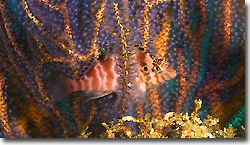 Ambon
Bay has a shipwreck of a Dutch WWII cargo ship that was sunk by a single bomb
into its chimney in the 1940s (well, at least that is one of the stories ....).
This 100m long wreck lies upright a slope in sandy water. The top of the wreck
is between about 12 and 25 meters below sea level with the lower parts of the
wreck going to close to 50 meters.
Ambon
Bay has a shipwreck of a Dutch WWII cargo ship that was sunk by a single bomb
into its chimney in the 1940s (well, at least that is one of the stories ....).
This 100m long wreck lies upright a slope in sandy water. The top of the wreck
is between about 12 and 25 meters below sea level with the lower parts of the
wreck going to close to 50 meters.  The
wreck is still in good condition with some coral growth and pretty good fish
life. Being in the base of Ambon bay, the visibility is often OK but generally
not fantastic.
The
wreck is still in good condition with some coral growth and pretty good fish
life. Being in the base of Ambon bay, the visibility is often OK but generally
not fantastic.
After a week diving 3 dives a day, we still had the feeling, there is much left to explore in and around Ambon and we hope to return to what we believe will become a must-do dive destination many times in the future.
Getting to Ambon
At the time of writing, four separate airlines operate daily flights to Ambon, Indonesia, with schedules through Makassar from Bali, Jakarta and Manado. From Australia the easiest way is probably to fly via Bali. We chose to come in via Jakarta and return through Bali.
Some useful facts
The average temperature is 27° C, rarely sinking below 22° C. Rainfall can be heavy, especially after the eastern monsoons, and the island is vulnerable to violent typhoons. The dry season (October to April) is coincident with the period of the west monsoon. Maluku Divers closes down during the wet, so make sure you plan your trip with that in mind.


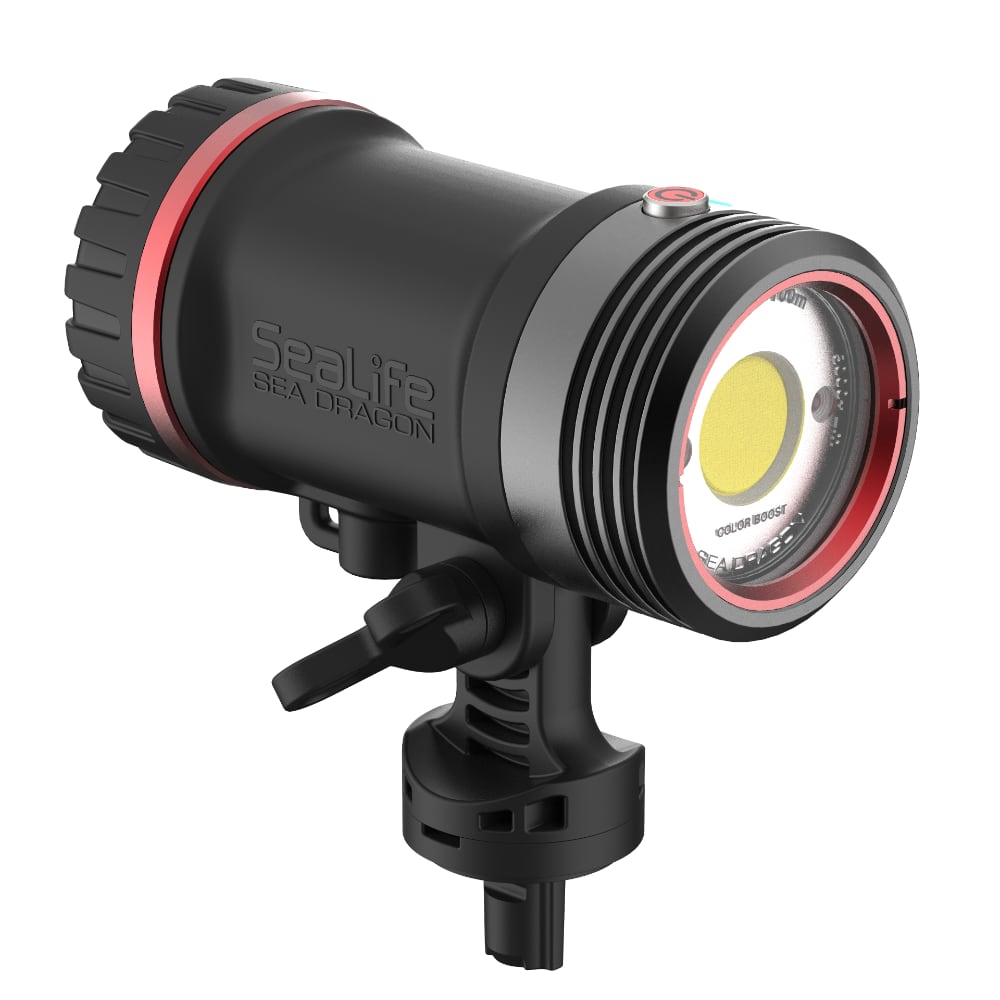
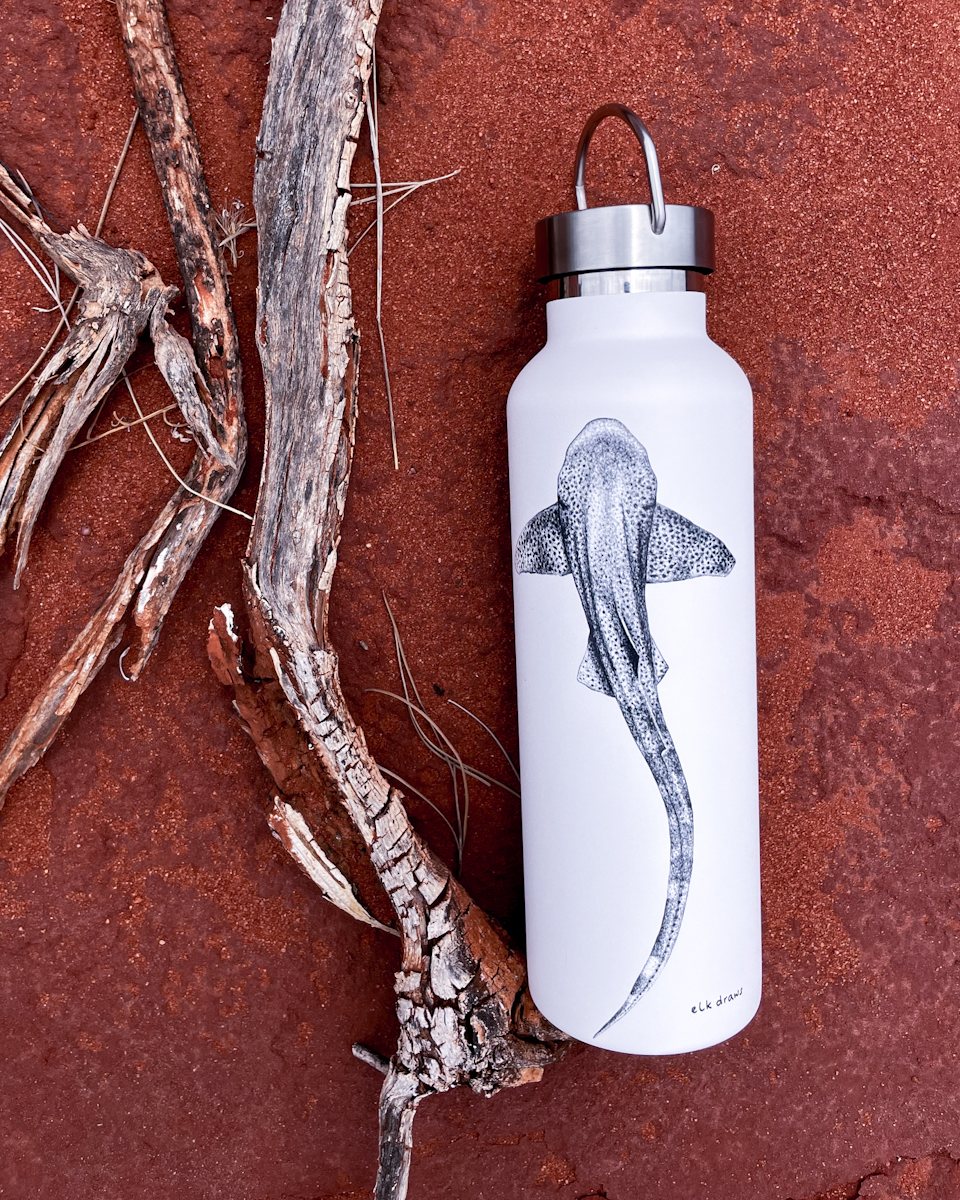
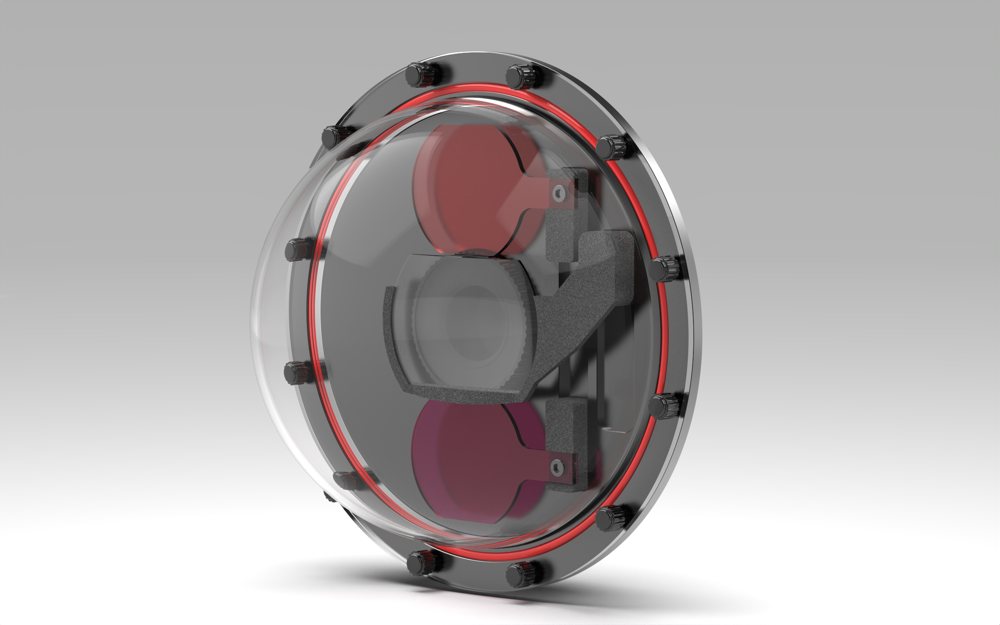
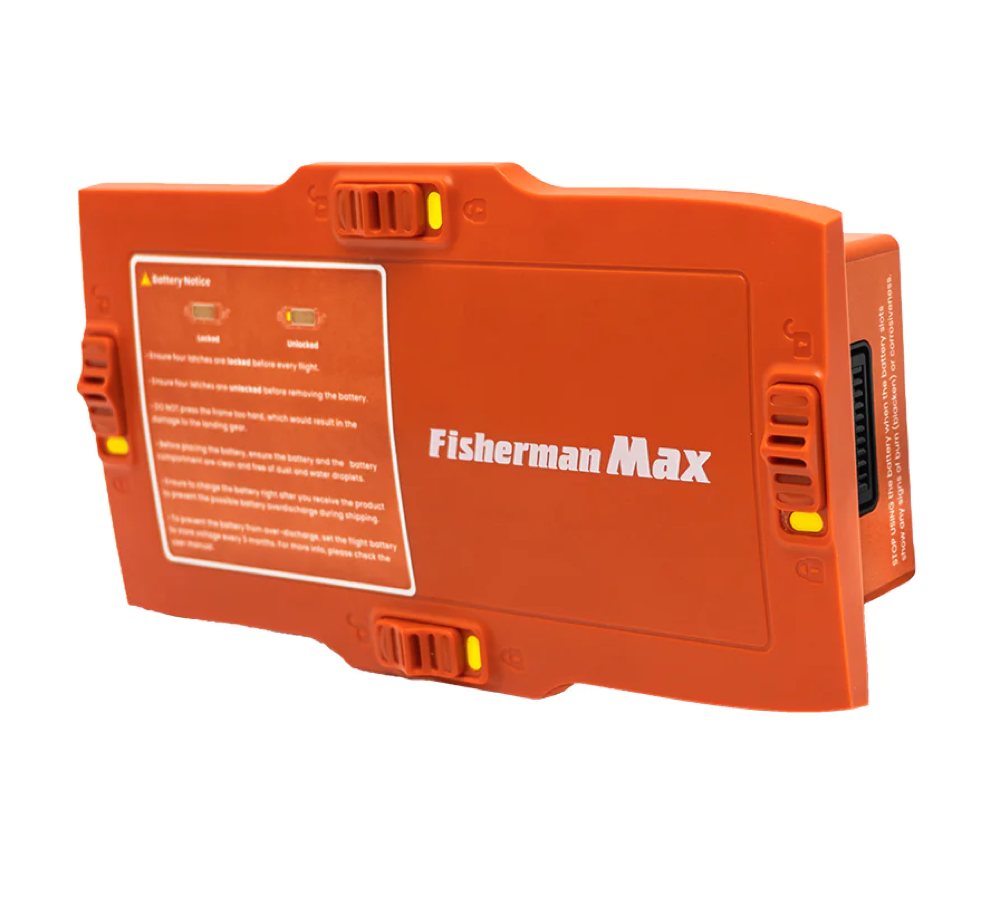
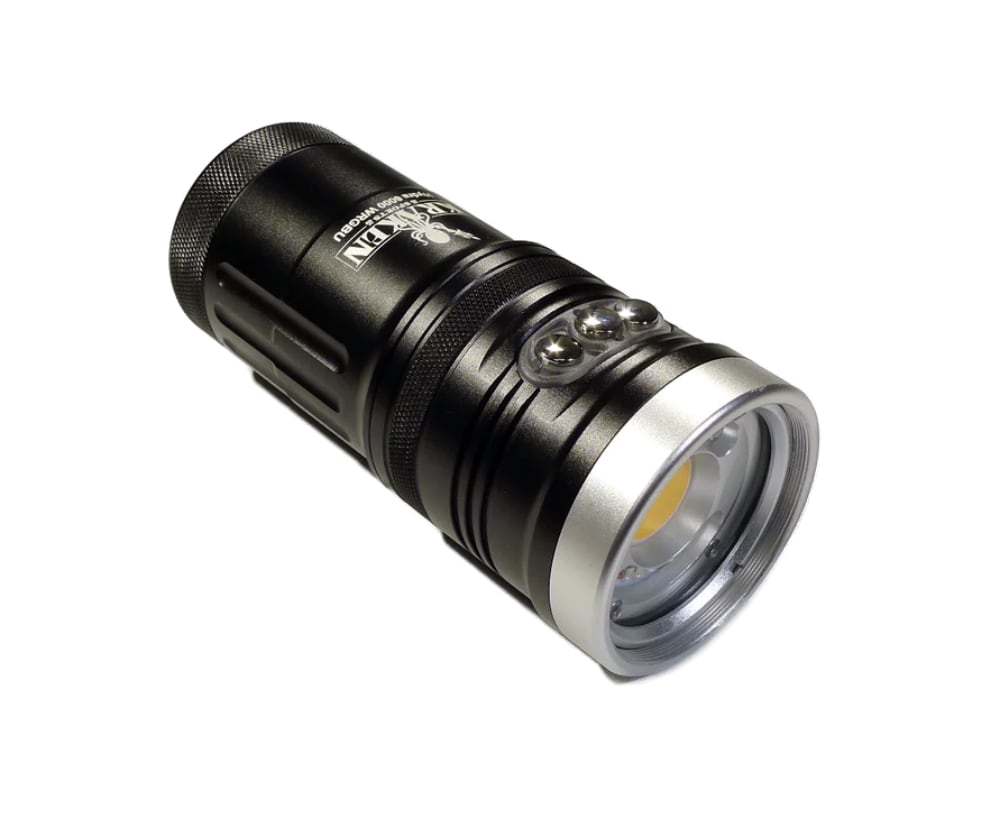
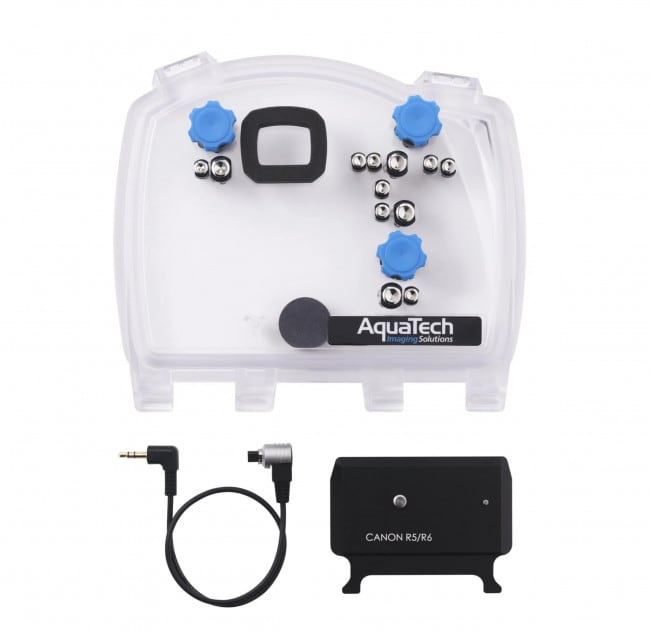
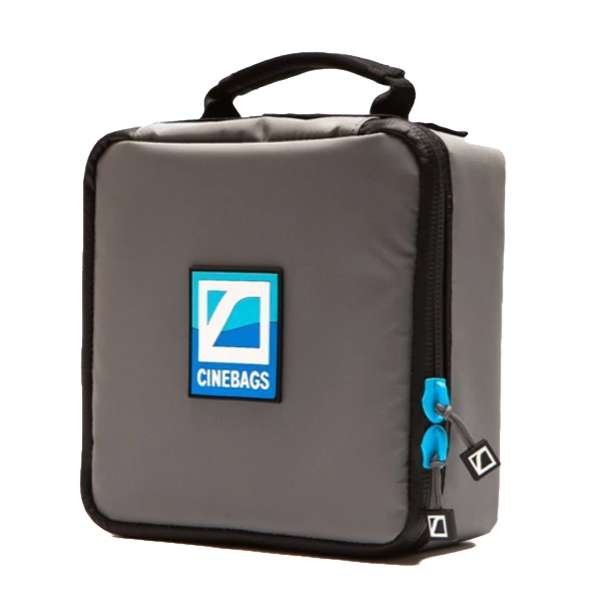
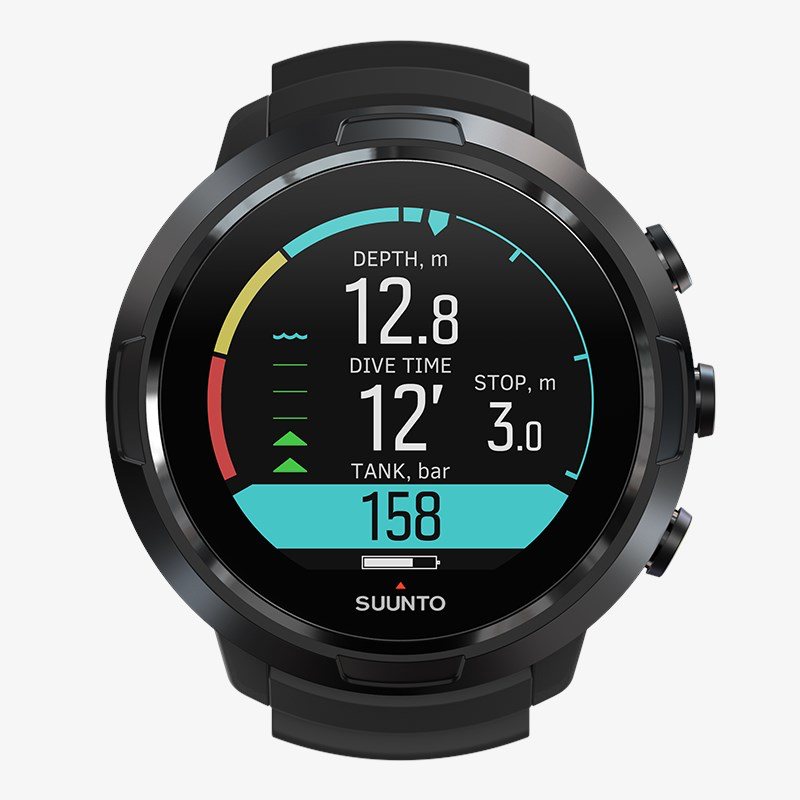



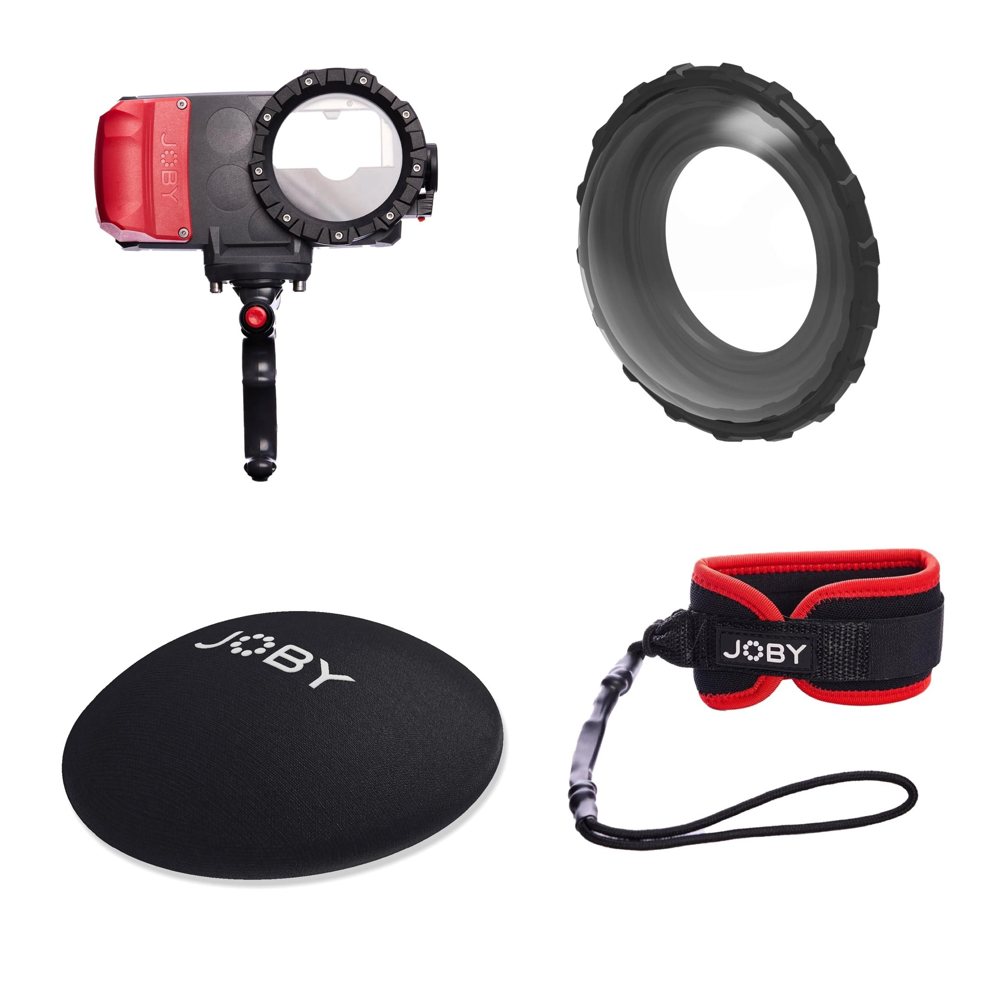 JOBY SeaPal - Over Under Kit
JOBY SeaPal - Over Under Kit 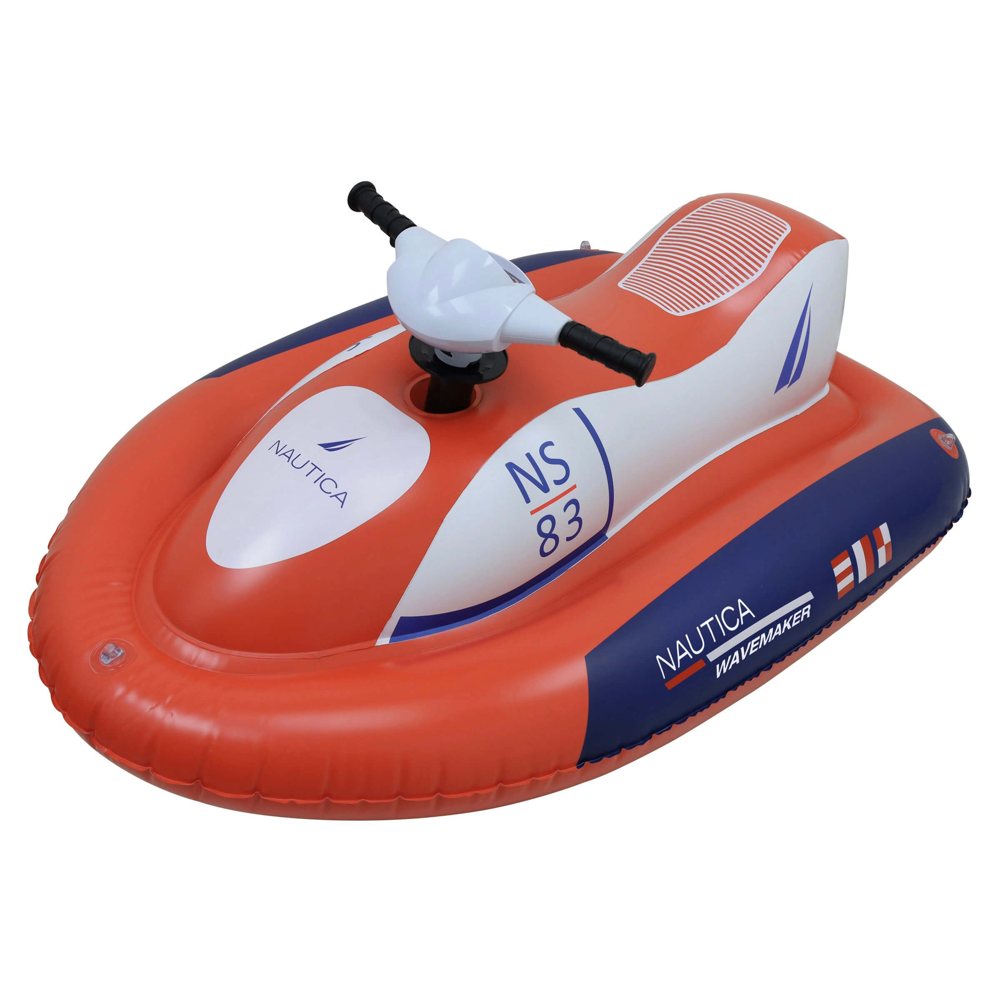 Nautica inflatable Jet Ski Wavemaker
Nautica inflatable Jet Ski Wavemaker 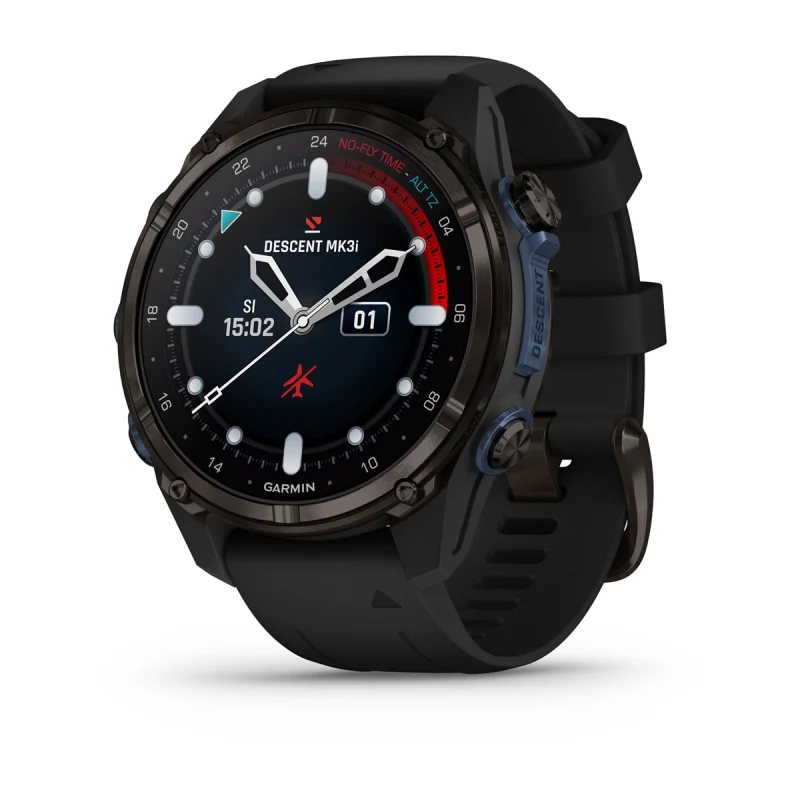 Garmin Descent Mk3i Watch Dive Computer - 43 mm, titanium with silicone band
Garmin Descent Mk3i Watch Dive Computer - 43 mm, titanium with silicone band 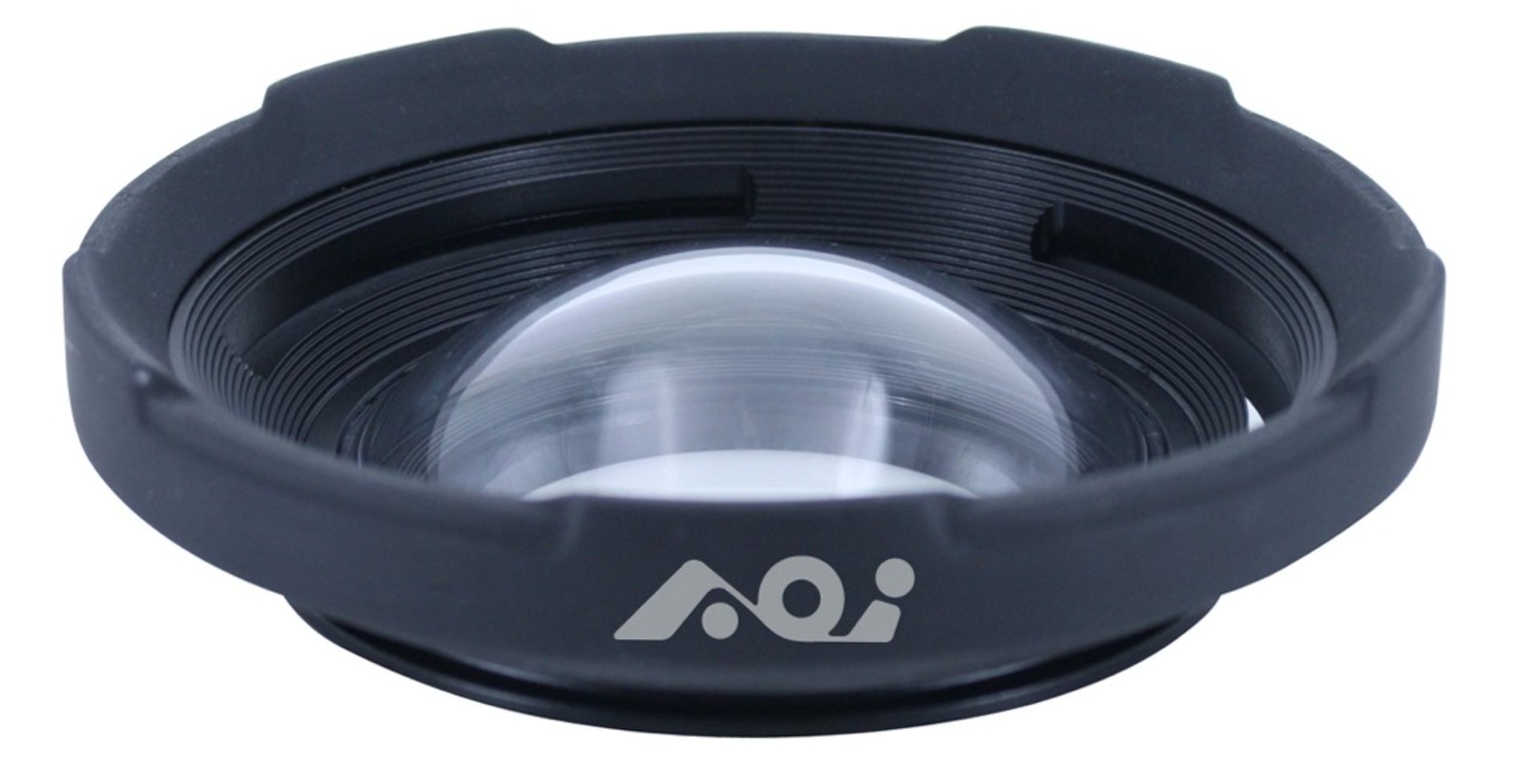 AOI Wide Angle Air Lens M52 Mount
AOI Wide Angle Air Lens M52 Mount 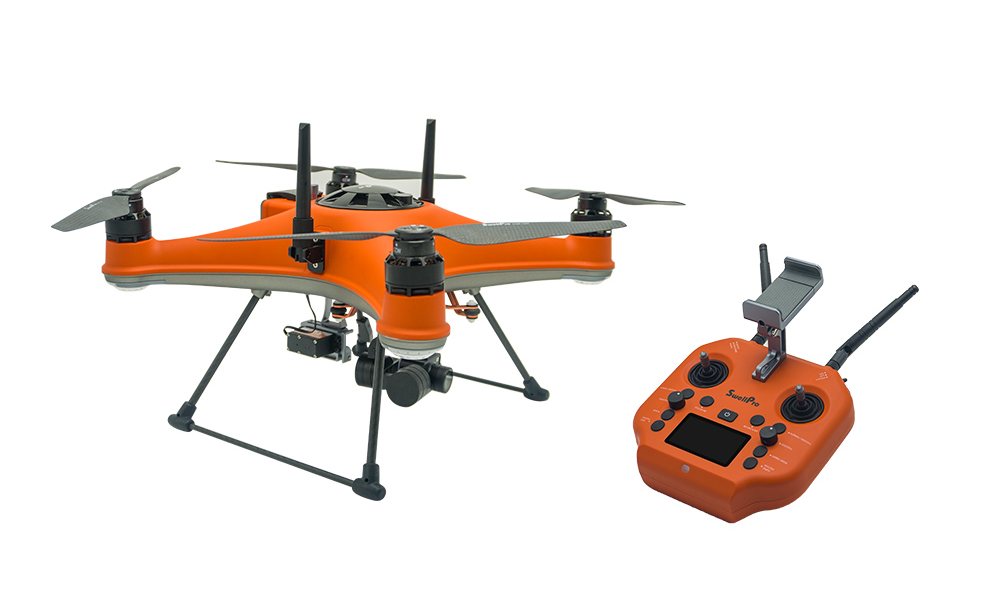 Swellpro SplashDrone 4
Swellpro SplashDrone 4 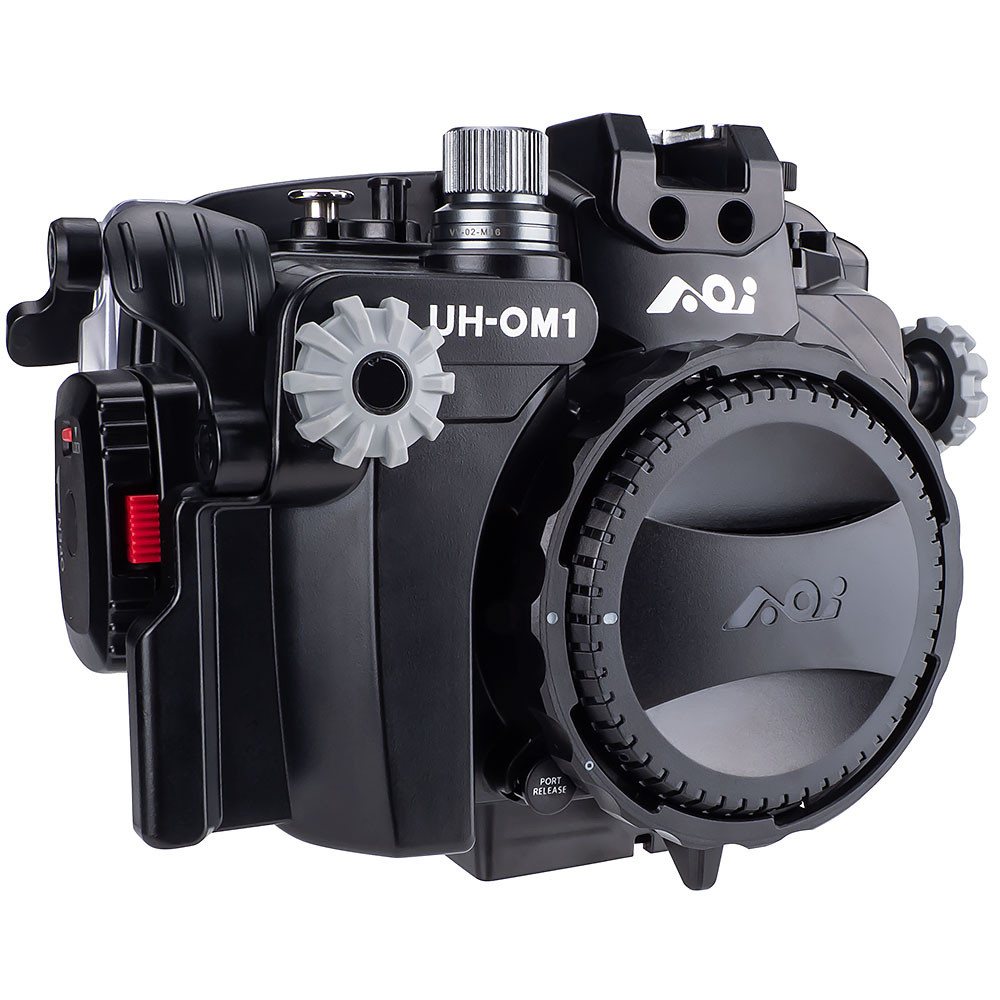 AOI UH-OM-1 Underwater Housing for Olympus and OM System OM1
AOI UH-OM-1 Underwater Housing for Olympus and OM System OM1 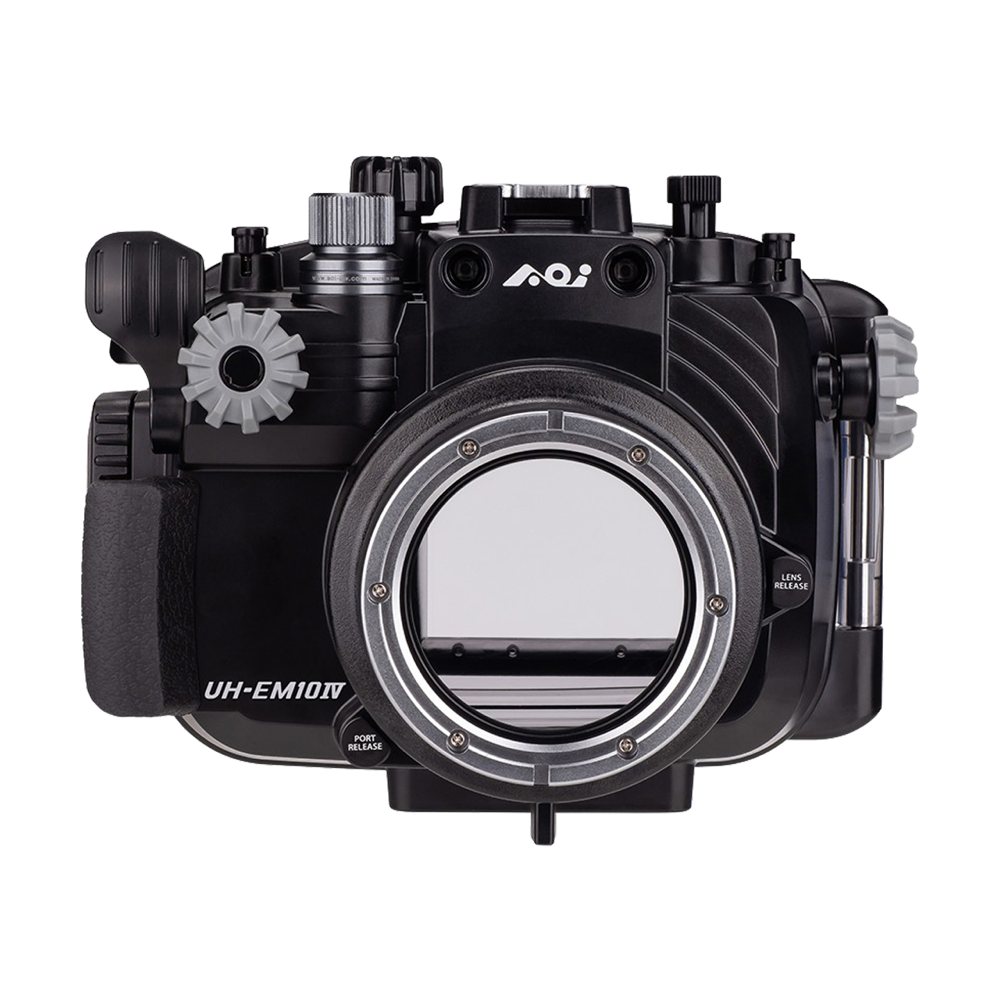 AOI UH-EM10IV Underwater Housing for Olympus EM-10 IV
AOI UH-EM10IV Underwater Housing for Olympus EM-10 IV 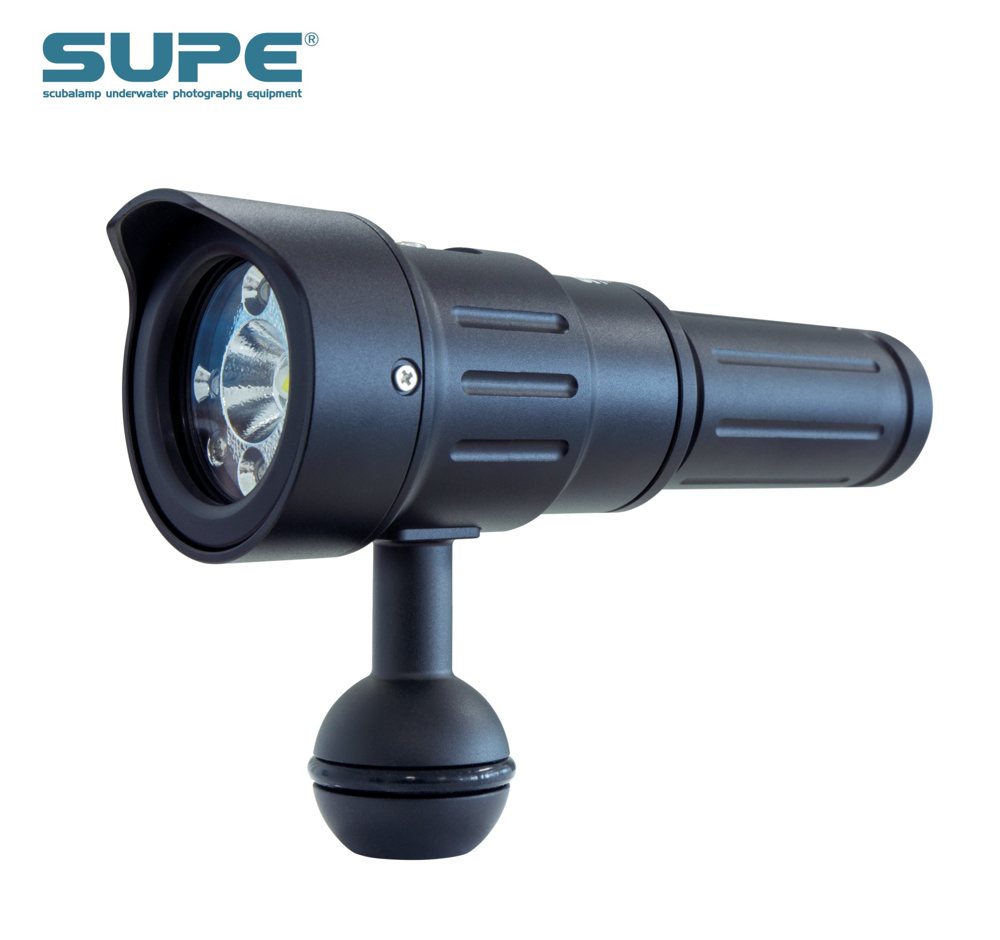 Scubalamp F22 Compact Focus Light - 2,000 lumens
Scubalamp F22 Compact Focus Light - 2,000 lumens 


